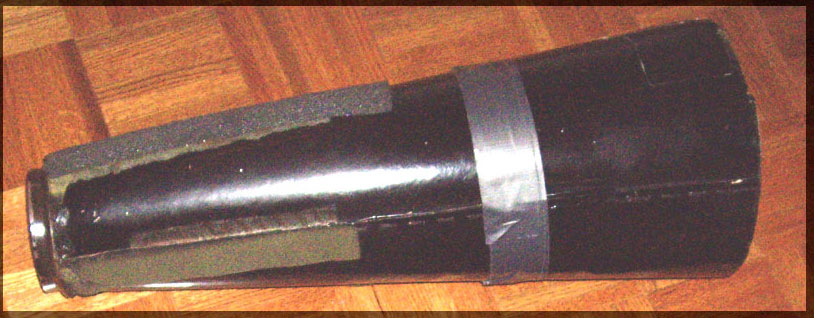
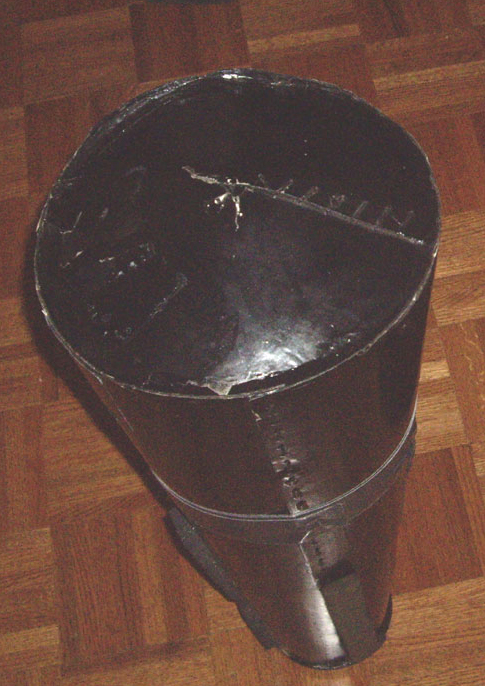
My Tuba Mutes
Tuba Mutes are not called for very often, and it is not easy to find one that is just the right size for your tuba. They are also rather expensive.
Many years ago a friend of mine had a piece of tuba music that called for a mute. He figured that nobody in the orchestra knew what a muted tuba should sound like, so he just made something out of construction paper that looked like a mute, and played softly.
The first real tuba mute that I saw was Bill Bell’s. He demonstrated it with his rotary King CC tuba, and of course he made it sound good. I looked at it closely and made one that was very similar out of a plastic flower pot; I cut the bottom off, made an end plate out of quarter-inch plywood, and glued rubber erasers on the sides to function as corks. It protruded only about an inch out of the bell of my tuba, which I think was about the way Mr. Bell’s mute fit. Some notes had a nice sound when I played on it, but it made the tuba a full semitone sharp. I learned later that french horn players call such a thing a “transposing mute”. I have always wondered if Mr. Bell just transposed with it as horn players do. Although he was certainly capable of such a feat, I am not.
Eventually I made some experimental mutes out of cheap Vinyl floor covering. I like the way that material vibrates. Making the mute long enough to protrude about a foot out of the bell solved the pitch problem. I also learned that a flat end plate is no good if its resonant frequency is in playing range; it makes one note impossible to play and its neighbors way out of tune. To solve that problem I made the end plate in the form of a shallow cone, using the same cheap vinyl material. I still have the one that I made almost 50 years ago, painted black. It makes the tuba sound almost like a bassoon.


I found that strips of soft plastic foam work better than cork because you can adjust the space between the mute and the tuba’s interior. I prefer the sound that I get when the mute is jammed in tight, so that nearly all of the sound comes from the vibrating mute material. (You don’t want your tuba to vibrate, but you do want your mute to vibrate.)
A few years ago it became necessary to reinforce the open end of that mute; I found a plastic food container in the kitchen, cut the bottom off, and glued it in place with “Liquid Nails”, which can be found in Lowe’s, Home Depot, and most other building supply or home-improvement stores.
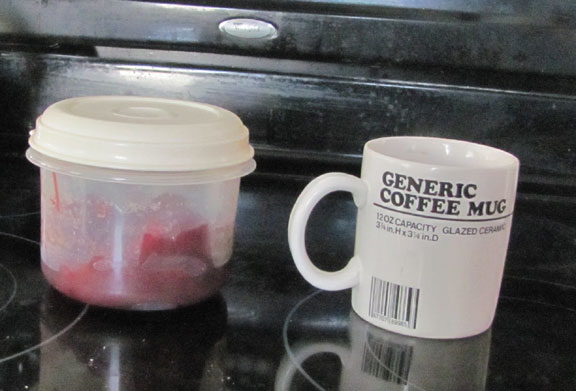
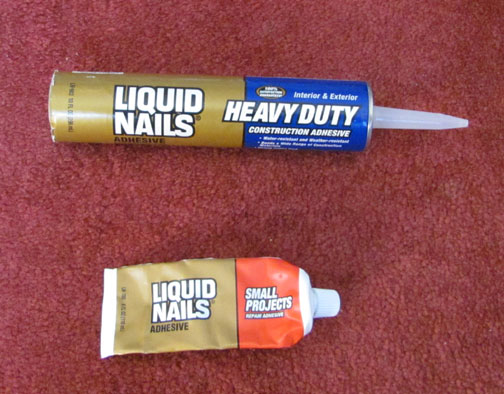
Now that I am using a bigger tuba I need a bigger mute. The cheap vinyl floor material seems to have gone out of fashion, and it did require a lot of hand work. Road cones that I have seen are too soft and the wrong size. The megaphones used by cheerleaders might be perfect, but I don’t know where to find an old one.
So I went to K-Mart and bought two plastic flower pots which seemed to be about the right size and shape. (I looked into the bell of the tuba, measured the approximate diameter where the planned mute would contact the brass, and found a flower pot to match that size. I also found a smaller one that could be connected to make the cone longer.) I cut the bottoms off the two flowerpots, and glued them together end-to-end.

Then I started hunting for a dome-shaped plastic bowl to use for the top. Eventually I found an old washbasin with the right size to match the top of the big flowerpot. It has convenient handles on each side. I glued it on and added a few nuts and bolts just to be sure it would stay together. It does have a flat bottom (now the top of the mute) but its resonant frequency is high enough so that it does not cause any problems. The completed mute sticks out about a foot past the end of the bell, and requires no adjustment of the tuning slide. If I reach up and put my hand on the top to stop it from vibrating the sound is significantly altered, but not improved.
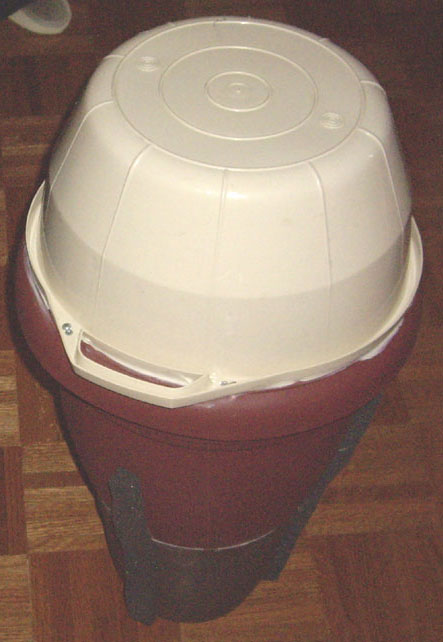
Right now a student is using that mute with his brand-new Thor. He says the conductor loves it. I’ll probably spray-paint it when I get it back.
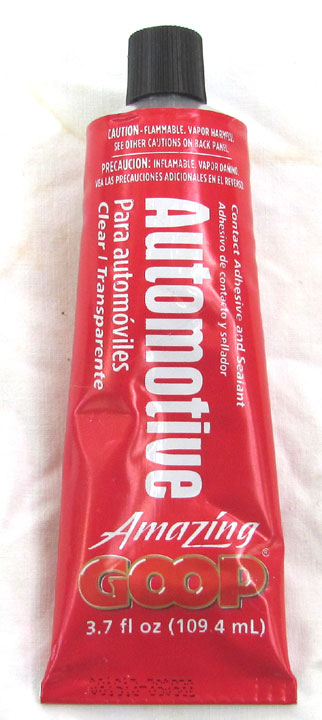
The best adhesive I have found for sticking plastic mutes together is "Amazing Goop". It can be found in hardware stores and home-improvement places like Home Depot and Lowe's. There are several kinds, such as "Household Goop", "Plumber's Goop", etc. but they are just the same stuff in different packaging. It's a really strong rubber cement, with a strong odor while drying.
Another possible source of material for a mute body is a cheerleader's megaphone. I recently learned that they can be purchased from Spirit Accessories. More discussion of that option can be found here: